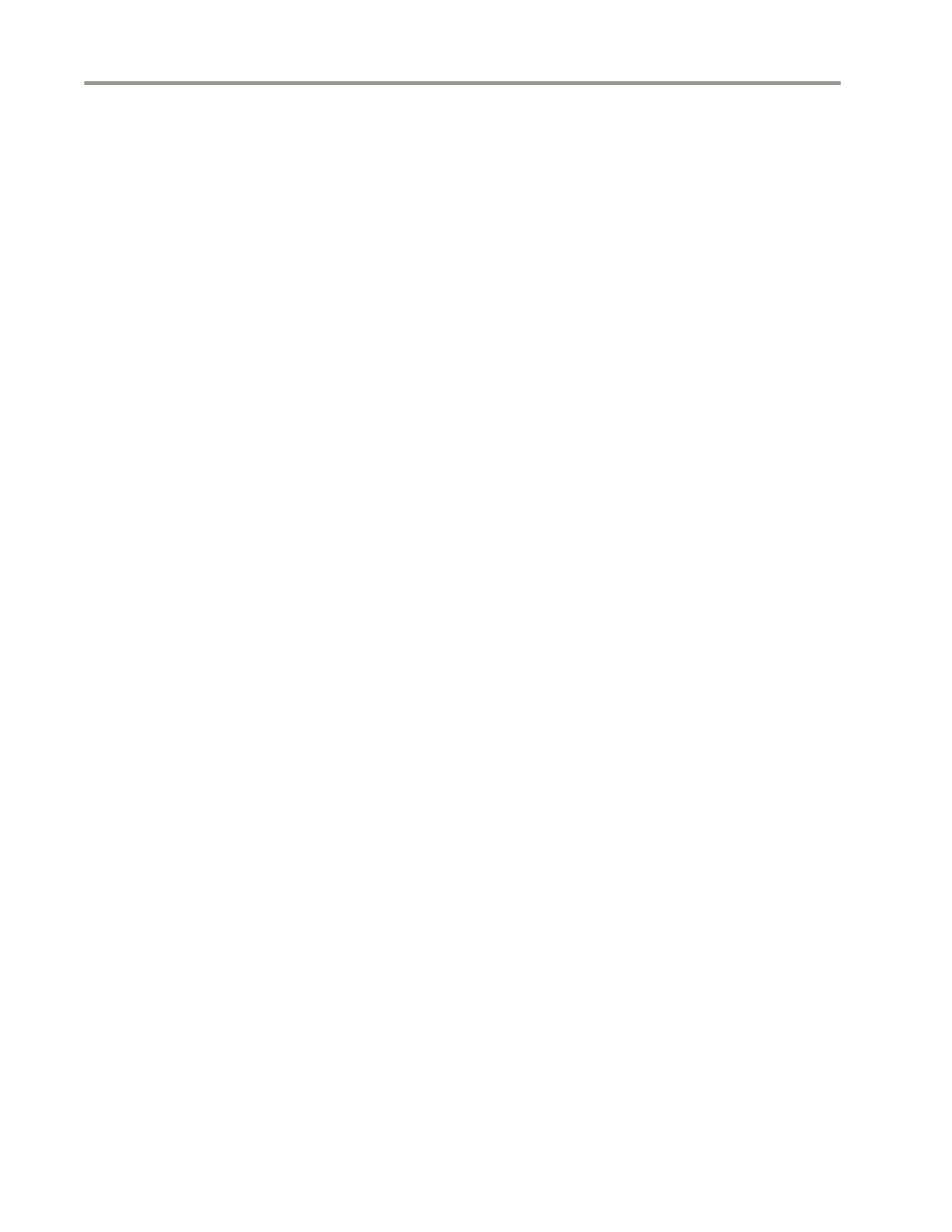
Volume 108 Number 2
58 AJHM Summer 2015
Homeopathic Product Regulation
less than 4 per 1 million ampoules sold.
Let’s examine another report, a highly publicized paper
by Posadzki and colleagues.
4
The senior author, Profes-
sor Ernst, is a well-known critic of homeopathy. In this
systematic review of the literature from 1978 – 2010 the
authors found a total of 1159 case reports of adverse events
from homeopathy published from 17 different countries.
The adverse events ranged from mild to severe and in-
cluded 4 fatalities. The most common adverse events were
allergic reactions and intoxications. Upon examining the
paper in further detail, one finds that 1070 of the reports
are of “unspecified remedies” reported to a German poison
control center, much like the reports from our own National
Poison Data System.
5
There is no validation that all of
those 1070 reports are of actual homeopathic products and
the vast majority of these cases represent accidental inges-
tions by young children with limited or no side effects.
On reviewing the remaining 89 cases, many are again
of unspecified compounds. In other words, we don’t know
if they are really homeopathic medicines, and if they are,
whether they are single or complex products, or have other
non-homeopathic ingredients added to them. Some of the
compounds ingested are reported by name and are clearly
not traditional homeopathic medicines, and may contain
non-homeopathic ingredients.
6
Nearly all of the reports
lack documentation of concomitant conventional medi-
cal treatments. Several did use traditional homeopathic
medicines but in very low dilutions (mother tinctures, or
1X potency, that is 10
-1
) which would generally not be
prescribed by a homeopathic providers. Finally, several of
the adverse events are clearly misattributed.
7
For example,
Posadzki and colleagues attributed a case of bladder cancer
that developed 7 years following homeopathic treatment to
the homeopathic medicine that was received. In summary,
it is rather remarkable that a review of 32 years’ worth of
literature across 17 countries, many in which homeopathy
is used quite widely by the general population, found little
evidence for serious toxicity from homeopathic treatment.
In the interest of time I will skip through the slides on
the data from the National Poison Data System that was
well explained by Dr. Krenzelok yesterday.
8
I will only
reiterate two points. First, that it is unclear what percent-
age of the product exposures in these cases are truly ho-
meopathic medicines vs. other products that claim to be
homeopathic on the label but also contain pharmaceutically
active amounts of herbs, dietary supplements, or pharma-
ceuticals. Second, these homeopathic products appear to
have a better safety profile than other pharmaceuticals in
the database examined.
“I will briefly share some information on perceptions
of homeopathy users in the United States. According to
the most recently published data from the National Center
for Health Statistics and NIH published in February of this
year, as of 2012, over 5 million American adults (or 2.2%
of the U.S. population) had used homeopathy within the
past year.
9
This number represents an increase from 1.8%
in 2007. In collaboration with my colleagues at Harvard
Medical School, I have analyzed data from the 2012 Na-
tional Health Interview Survey on the use of homeopathic
medicines among U.S. adults. This data has not yet been
published. Homeopathy was most commonly used for re-
spiratory & ENT complaints such as head and chest colds,
sore throats, and allergic rhinitis. This represented 19% of
use. Another 12% used homeopathic medicines for mus-
culoskeletal complaints such as sprains, and muscle & joint
pain. 81% of users did not see a practitioner and presum-
ably self-prescribed or prescribed based on the recommen-
dations of friends or family (Dossett, et. al., manuscript in
preparation).
Among those who used homeopathy or dietary supple-
ments as one of their top 3 complementary therapies to
address a health-related condition, 32% of those who used
dietary supplements felt that it helped their health-related
condition a great deal. In contrast 42% of those using ho-
meopathy who did not see a practitioner, and 64% of those
using homeopathy who did see a practitioner felt that it
helped their health-related condition a great deal (Dossett,
et. al., manuscript in preparation).
In summary, in reviewing the research data, homeo-
pathic medicines are safe, especially compared to other
OTC products. While adverse events are reported with
homeopathic medicines, the vast majority are mild and
self-limited. Use of homeopathic medicines in the U.S. is
increasing and users frequently find them to be helpful.
Thank you for your time and attention.
Michelle Dossett, MD, PhD, MPH
References
1. Dantas F, Rampes H. Do homeopathic medicines pro-
voke adverse effects? A systematic review. Br Homeo-
path J. 2000 Jul;89 Suppl 1:S35–8.
2. Bornhöft G, Matthiessen PF, editors. Homeopathy in
Healthcare – Effectiveness, Appropriateness, Safety,
Costs [Internet]. Berlin, Heidelberg: Springer Berlin
Heidelberg; 2011 [cited 2015 Apr 28]. Available from:
3. Jong MC, Jong MU, Baars EW. Adverse drug reactions
to anthroposophic and homeopathic solutions for injec-
tion: a systematic evaluation of German pharmacovigi-
lance databases. Pharmacoepidemiol Drug Saf. 2012
Dec;21(12):1295–301.
44. Posadzki P, Alotaibi A, Ernst E. Adverse effects of ho-
meopathy: a systematic review of published case reports
and case series. Int J Clin Pract. 2012 Dec;66(12):1178–
88.
5. Von Mach M-A, Habermehl P, Zepp F, Weilemann LS.
[Drug poisonings in childhood at a regional poisons
unit]. Klin Pädiatr. 2006 Feb;218(1):31–3.
6. Johnson C. Is homeopathy safe? A response to Posadz-
ki et al. J Altern Complement Med N Y N. 2014
Jan;20(1):67–8.


